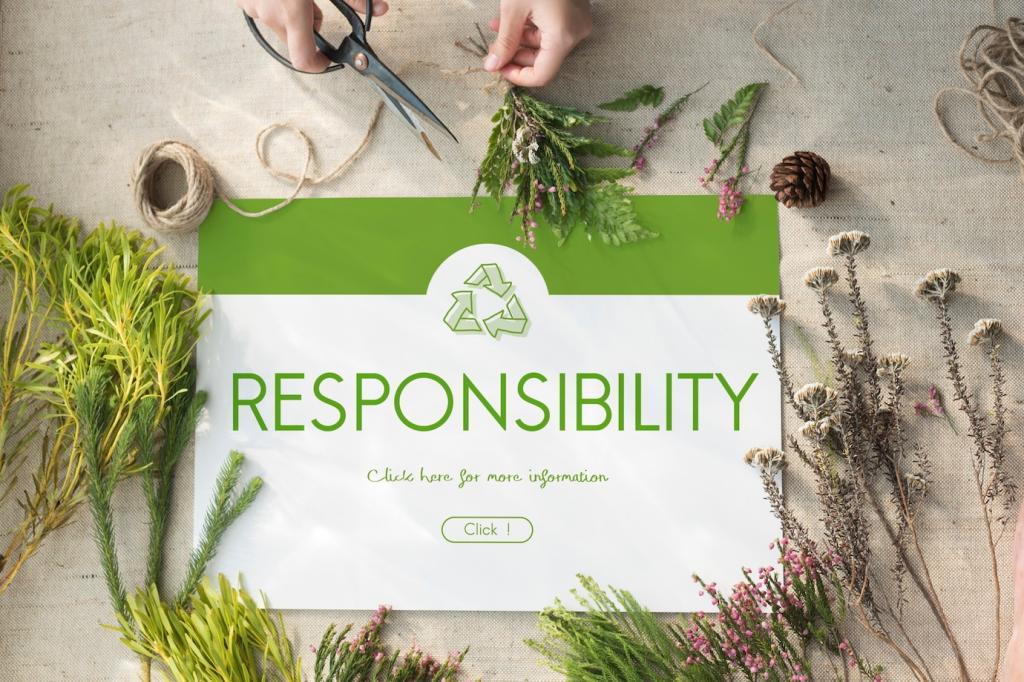Metals Reborn: Steel, Aluminum, and Copper
Recycling aluminum can save up to ninety-five percent of the energy needed to make it from ore, and steel remanufacture uses substantially less energy too. Choosing recycled-content metal shelving, stair stringers, or lighting reduces impact while delivering crisp, modern lines that last.
Metals Reborn: Steel, Aluminum, and Copper
Powder coating on recycled steel resists chips; beeswax on raw steel celebrates honest wear. Brushed recycled aluminum looks clean in kitchens, while sealed copper ages into deep browns and turquoise. Tell us how you want your metal to age—bright and stable or richly patinated.









